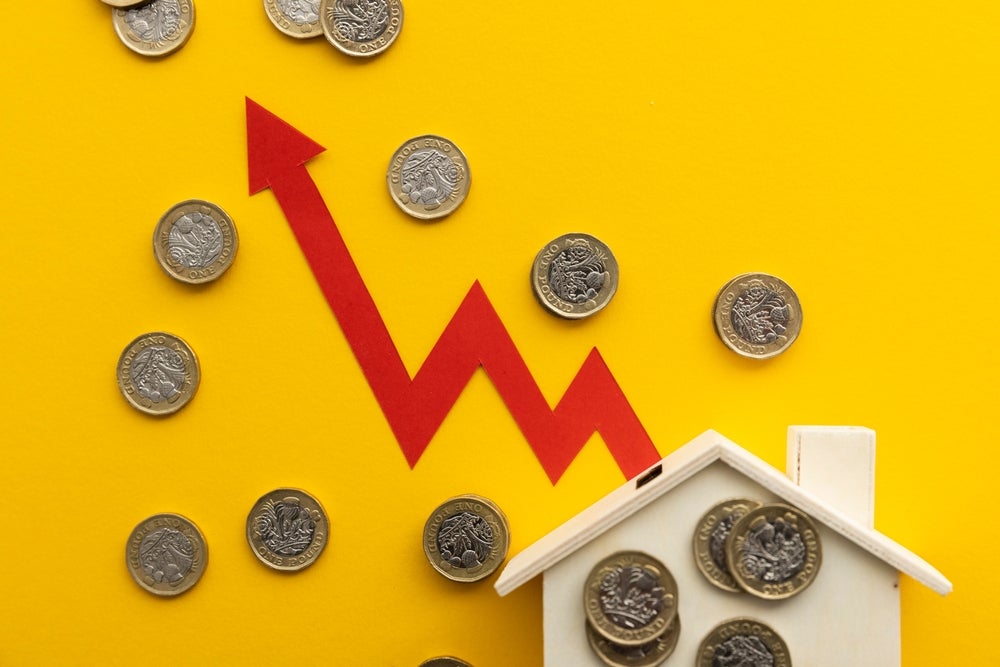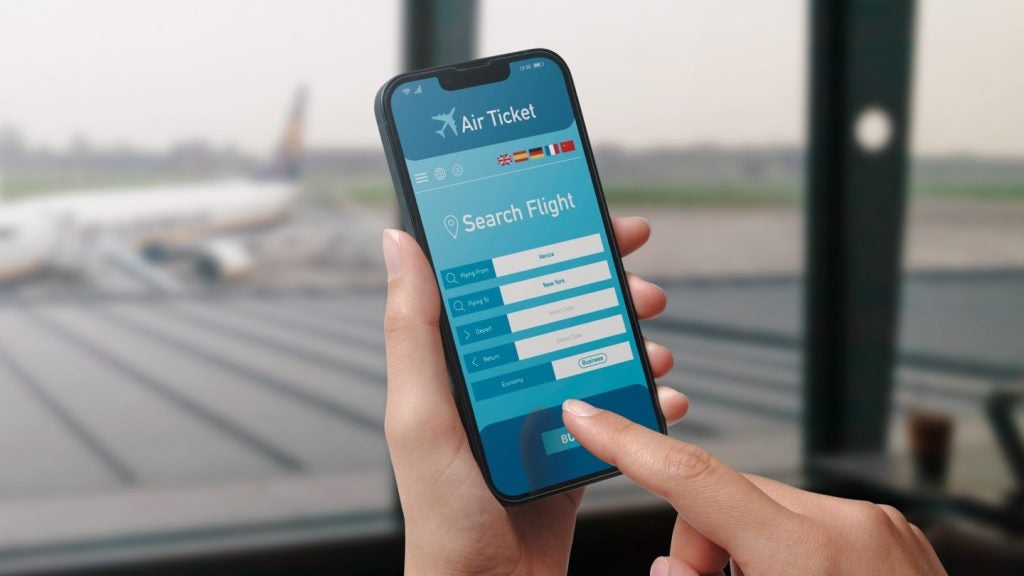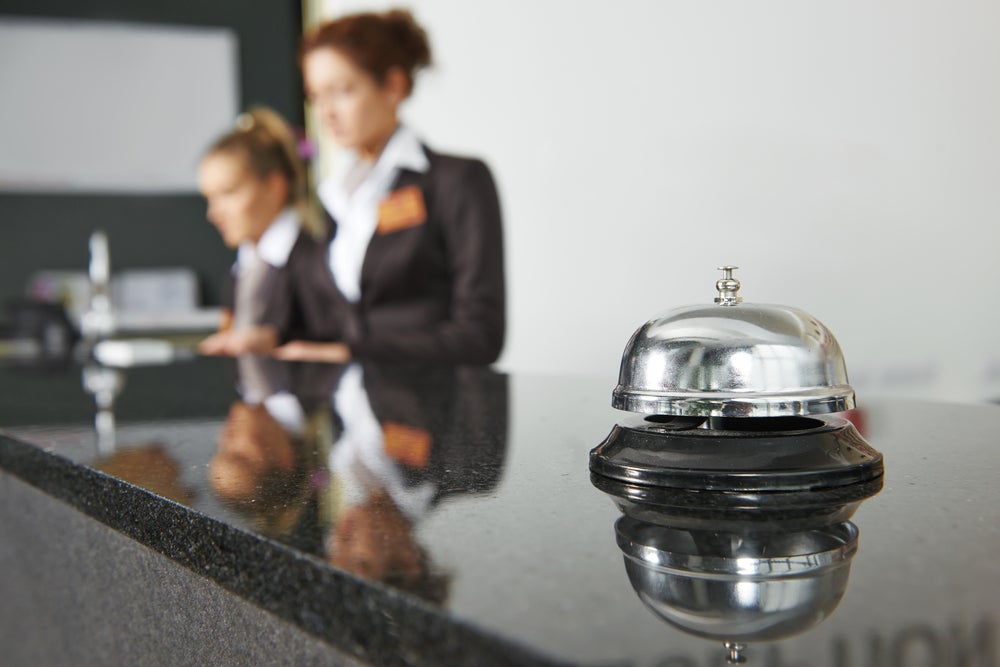
How much does a guest really cost a hotel? What is the income? How can we convert revenue into profit? Until now, the answers to such key questions have been pure hypothesis.
While there have been significant steps forward thanks to yield management, hotel managers have not had the option of going any further, or including in such evaluations the real cost of each department or employee per room, per guest (in terms of the
macro-category rather than the individual guest).
“We will see the first results of the Matrix Project at Melià Roma Aurelia Antica,” explains Palmiro Noschese, Sol Melià Hotel & Resort’s director of operations in Rome and Sardinia.
“We will be able to sell our rooms at the current rate and know how much this really costs us. It is an initiative resulting from our passion for innovation, which defines us as pioneers in Europe. We have been collecting data for almost a year
in order to analyse how fixed or variable costs affect room sales, integrating PMS and RMS.
“We have reports from all departments, moment by moment, from booking to maintenance. For example, the maintenance technician does a thousand things a day. But what does he do for that specific room? Previously, there was no precise data; now,
thanks to the daily report drawn up by each employee, we know what they do and where they go.
See Also:
“We know that 70% of the maintenance work is devoted to the rooms department: replacing a bulb, fixing an installation. Matrix has meant real teamwork: a brainwave which allowed us to find the hidden costs in the different sectors.
How well do you really know your competitors?
Access the most comprehensive Company Profiles on the market, powered by GlobalData. Save hours of research. Gain competitive edge.

Thank you!
Your download email will arrive shortly
Not ready to buy yet? Download a free sample
We are confident about the unique quality of our Company Profiles. However, we want you to make the most beneficial decision for your business, so we offer a free sample that you can download by submitting the below form
By GlobalData“To give you another example, we installed consumption detectors in the rooms, which allowed us to establish different indicators with regard to the type of guest. Obviously, a business traveller who just stays one night in the hotel, wakes up
early and spends the whole day out because of business meetings has a completely different water and electricity consumption to a leisure guest who uses the hotel more.”
So what is the mission of the Matrix project? “We want to achieve a complete vision of the hotel,” says Noschese, “optimising sales actions, getting to know whether to accept specific business or not, moving away from the evaluation
of pure revenue towards profit revenue – in other words, we are looking to increase competitiveness.”
Training for this innovative project has been entirely financed by Fondir, because it embodies important management know-how, and partnerships with the Bocconi and IULM Universities in Milan are already well underway.
“We aim to create the future through the MatrixProject, building precious know-how linked to the business structure, which will endure even if the management of the hotel changes,” explains Nicola Murgia, Sol Melià Hotels &
Resort corporate financial controller (Italy), and the driving force behind the project.
“We created an index linked to business units – activity-based costing. The new approach to hotel management resulting from the Matrix Project, represents significant added value; if we are capable of measuring guests needs divided by
guest segments, we can adapt the structure without [generating] any excess or waste.”
QUANTIFYING EMPLOYEE VALUE
The Matrix idea comes from an evaluation of those companies that disappear without leaving any trace.
It is not possible to evaluate them precisely in terms of costs because there is no possibility of continuous checking. Thanks to the daily report written by each employee, we now have a complete picture, something tangible which is recorded and
subsequently computerised. This begs the question, how did the employees react, and did they feel subject to excessive control?
“No” replies Murgia. “On the contrary, they were all readily available and very cooperative. They talk among themselves about the project, and the value of their daily work is reflected in the report they draw up. Some might take it
home, others might use it to resolve a dispute between departments – ‘See how many hours I gave you for the congress centre?’ a housekeeper could say, for example.”
VALUING EVERY GUEST
The Matrix Project gives weight to the idea of measuring the contribution of each guest to company value in terms of profitability. It is possible to obtain this by creating a matrix system where the guest, depending on the segment (corporate,
individual leisure, conference, crew, group leisure and so on), goes through their personal profit and loss per business units.
In this way, the prospective economic value of the hotel is interpreted and reset, resulting in a daily analysis of profitability per guest and/or business unit, which allows management to surf easily through a separate warning system within the
‘critical’ area.
This in turn gives management the opportunity to intervene well in advance, whether correcting any potential inefficiencies regarding human resources or carrying out a more in-depth analysis of the various sales choices.
Activity-based costing and yield management combine to create a unique management tool where sales optimisation involves aligning previously measured human resources needs with guest needs. This indicates real value in profit terms – and thus
overall hotel profit.
WILL ROOM RATES RISE?
So, from the guests’ point of view, what will be the advantages and disadvantages of this new global analysis system targeting maximum profit? Will there be a further increase in room rates? Many would hope not, as these are already so high in
Italy that they have prompted a number of negative comments from incoming operators.
“In this respect, it depends on whether it’s the low or the high season,” concludes Palmiro Noschese. “To be honest, we sell rooms at a lower rate compared with the official ones, but the published rates remain the same. This
is not good marketing.
“These new management tools give us the opportunity to always look at a ‘transparent window’. In fact, on the internet guests can easily make comparisons and make choices. We need to remember that hotels also sell emotions – not just
‘seats’ or ‘places’ like an airline.”






